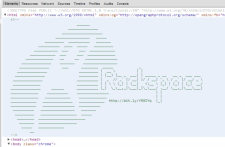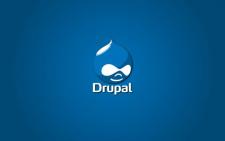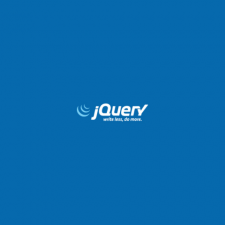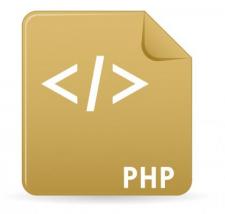Microsoft’s latest release of Visual Studio 2013 Preview has many developers puzzled as to why there is already an update to their developing platform, Visual Studio 2012, which was released back in late August of 2012. Microsoft is saying, “there has been a fundamental shift to device and services experiences altering how the industry approaches software development,” which I highly agree with. Software developers need the latest tools to support the latest environments.
Blog Entries
For logical purposes and peace of mind we all use comments when we develop, whether you are developing high level code or markup on a web page. Most developers use comments to define blocks of code for future coders, and to help paint a road map of where they were headed when they started. Rackspace however, is getting creative with their comments by adding some ASCII logo art in the tag of each one of their site pages.
Drupal 8, from a brief look, did not look like it had changed much from Drupal 7, but once I really started comparing the features available now in Drupal 8 core to old features that came packaged with Drupal 7 core, I really started getting excited about what is in store for us in the next version of Drupal. To get the full scope of all the new features that come packaged with Drupal 8, I updated my local XAMPP server and went through the complete installation process.
Back at the beginning of March jQuery announced that the second beta release for jQuery 2.0 was available for developers to download and test out in their development environments. After looking over the release notes listed on the jQuery blog I found a few things very interesting for the next generation of jQuery.







